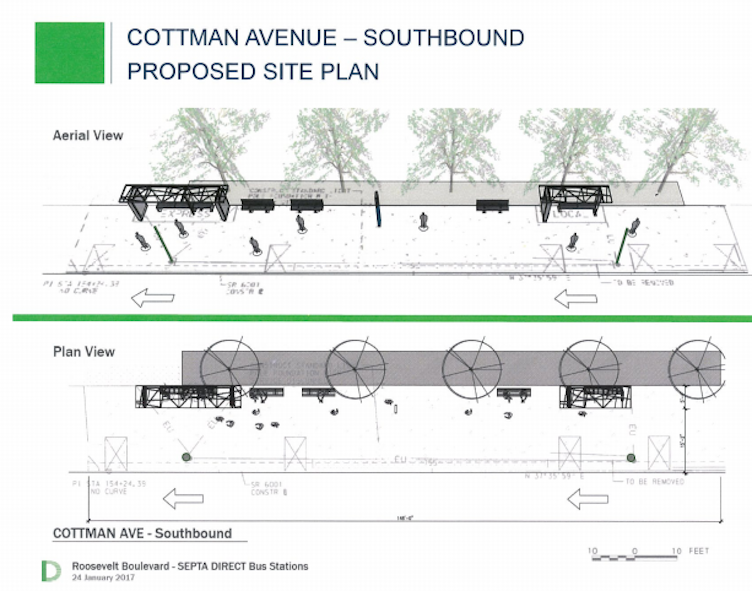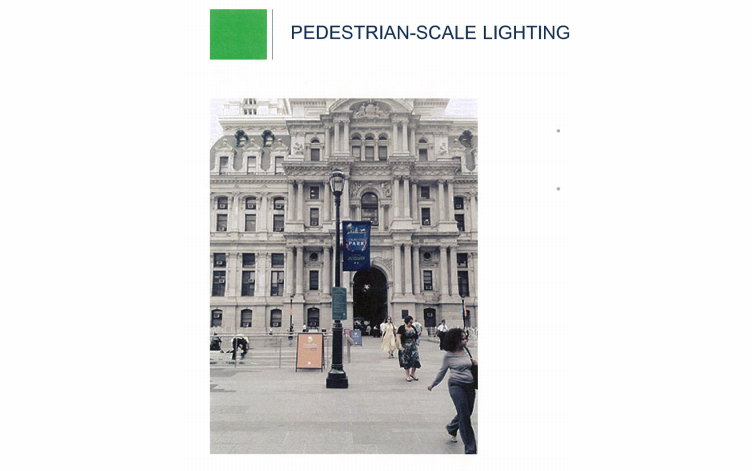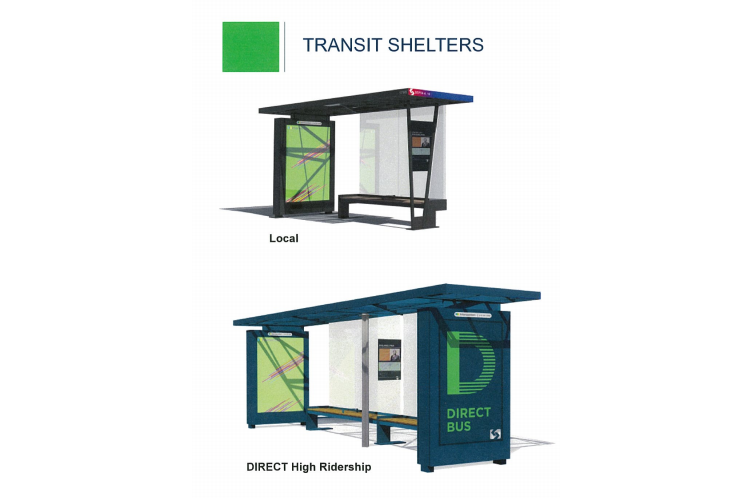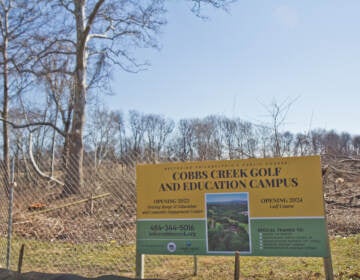New bus shelters for Roosevelt Boulevard

On Wednesday, the members of the Art Commission gazed upon the future of Roosevelt Boulevard.
The 14-mile stretch of roadway is the spine of Philadelphia’s northeastern neighborhoods. But the exceedingly broad, high speed corridor is frustrating for the city’s transit riders to navigate. The Route 14 bus is the only one that covers the entirety of Roosevelt Boulevard. But it stops at every corner, resulting in a ride that lasts twice as long as driving a similar distance.
The long-discussed Roosevelt Boulevard bus rapid transit (BRT) service, branded here as the Boulevard Direct, promises to ease the traveler’s’ dilemma. Starting at Frankford Transportation Center and terminating around the Bucks County line, the proposal would have only five stops each way: at Cottman Ave, Rhawn Street, Welsh Road, Grant Road, and Red Lion Road.
Where is the weary traveler to await her chariot? At present the outlook is bleak in the extreme.
“The current conditions for transit riders on the boulevard are not very favorable,” said Angela Dixon, director of planning for the city’s Office of Transportation and Infrastructure Systems. “We often see folks using shopping carts as benches because we don’t provide any amenities besides a sign that says ‘the bus stops here.’ Most of the places folks are waiting for buses are dirt worn patches of land.”
The ten stops for the Boulevard Direct are no exception. Most are situated next to unlovely surface parking lots and chain business establishments.
The city’s plan to beautify the bus stops for the Boulevard Direct route will mean installing a battery of benches, pedestrian scale light poles, wayfinding pylons with maps, and shelters sporting digital advertisements. A small stand of trees and shrubberies will be planted to enliven the scene as well.
Most stop will feature two shelters, one colored blue for the direct route and one grey for the normal bus service. (The Route 14 and the other normal bus routes that periodically lace onto the boulevard will not be discontinued as part of the BRT proposal.)
The commissioners loved the plan. But why were the pedestrian-scale lampposts of the ornamental style found in Center City? The cast-iron fixtures that wouldn’t look out of place in a Masterpiece Theater adaptation are scattered about downtown.
They make sense in Center City, or even in West Philadelphia or Germantown. All those neighborhoods have a dense supply of historic buildings that pair nicely with the ornamental light fixtures.
But on Roosevelt Boulevard next to hyper-modern bus shelters, in a corner of Philadelphia largely developed after World War 2?
From the city’s perspective, the poles and shelters are of similar color so they match well enough. More importantly, they’ll be easier to maintain over time. Philadelphia’s stockpile of ornamental light poles runs into the three figures, so there would be a vast reserve if they need to be fixed or replaced.
A few other details were discussed. The trees will largely be small leaf Honey Locusts, which will grow taller than the pylon sign. These internally-lit implements will contain maps of both the Boulevard Direct route and the other relevant bus lines.
The Art Commission decided to give the Roosevelt Boulevard plans final approval, with a few caveats. They asked Dixon and her compatriots to run the plans by actual SEPTA riders, look into installing solar panels, and think about finding some more appropriately modern lighting fixtures.
During the rest of the remarkably brief meeting, the Commission also gave final approval to designs for Point Breeze’s Smith Playground, a new base for the LOVE statute (making it a bit taller to outsmart vandals), and to the dramatic renovations to the Central Branch of the library’s stack area.
WHYY is your source for fact-based, in-depth journalism and information. As a nonprofit organization, we rely on financial support from readers like you. Please give today.







